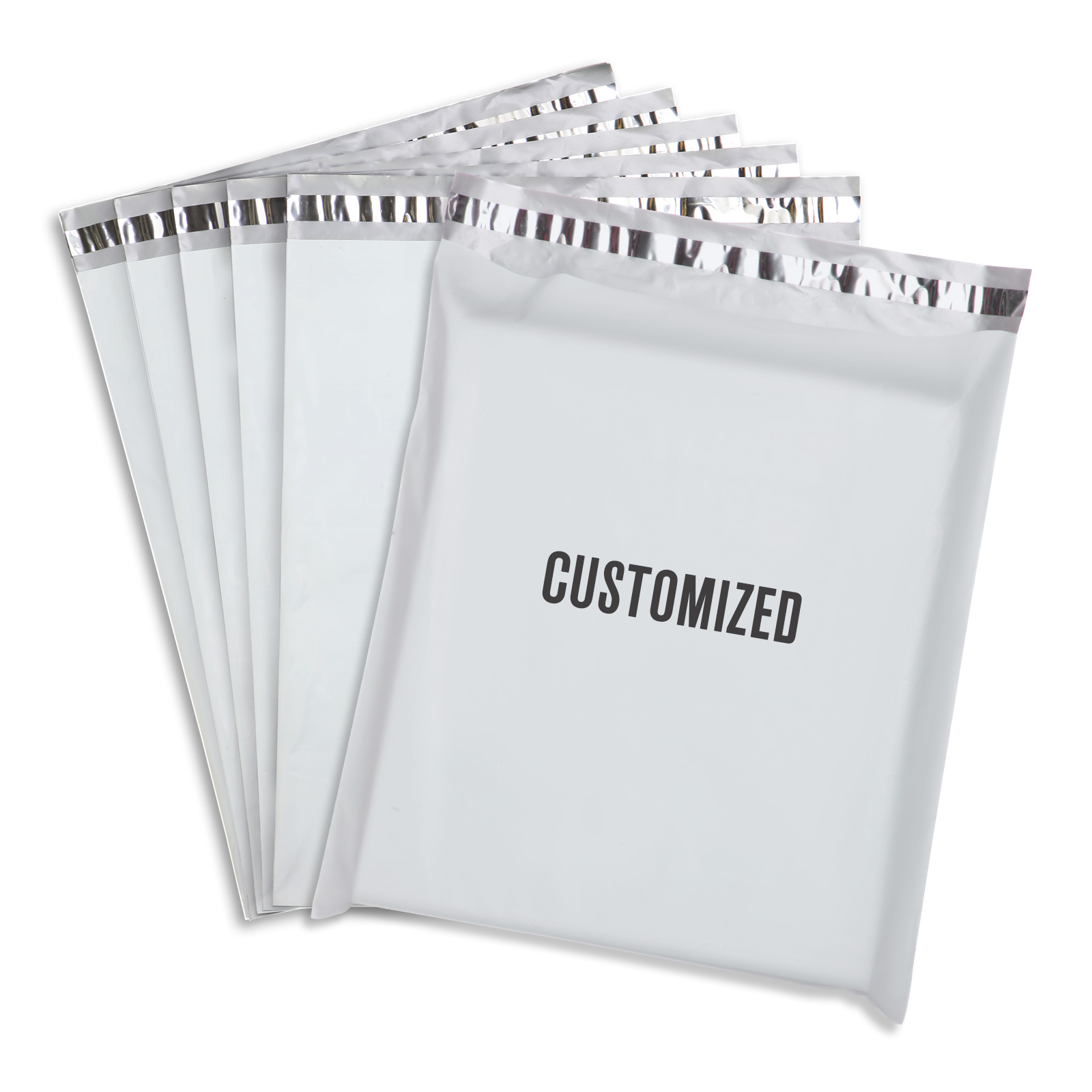Understanding Different Sizes of Parcel Bags for Your Shipping Needs
Understanding Parcel Bag Sizes A Guide for Shippers and Consumers
In the age of e-commerce, the demand for efficient and reliable shipping options has never been greater. One critical aspect of this process is the selection of the appropriate parcel bag size. Whether you are a business owner shipping products or a consumer sending gifts, understanding parcel bag sizes can significantly impact both cost and efficiency. This article delves into the importance of parcel bag sizes, the types available, and tips for choosing the right one for your needs.
Why Parcel Bag Size Matters
Choosing the right size for your parcel bag is essential for several reasons
1. Cost Efficiency Carriers often charge based on the size and weight of the package. Using a parcel bag that is too large can lead to unnecessary shipping costs. Conversely, opting for a bag that is too small can result in damage to the item being shipped or an additional charge for exceeding size limits.
2. Protection of Contents The primary purpose of a parcel bag is to protect its contents during transit. A properly sized bag will ensure that items inside do not move around, reducing the risk of damage. This is especially important for fragile items such as glassware or electronics.
3. Environmental Impact Larger bags may lead to increased use of materials and more waste. By selecting the appropriately sized bag, you can contribute to reducing your environmental footprint. Many companies are now focused on sustainability, and using the right-sized packaging is a simple yet effective way to support these initiatives.
Types of Parcel Bags
When considering parcel bags, it is essential to familiarize yourself with the various types available in the market
1. Flat Bags These are suited for envelopes, documents, clothing, and other flat items. They offer a snug fit which prevents items from shifting during transit.
2. Padded Bags Ideal for fragile items, padded bags have an inner lining of bubble wrap or foam to absorb shocks. They come in various sizes to accommodate different items.
parcel bag size

3. Poly Bags Made from lightweight plastic, poly bags are water-resistant and durable. They are commonly used for shipping garments and soft goods.
4. Custom-sized Bags For businesses with specific needs, custom-sized bags can be designed to fit unique products perfectly, ensuring maximum protection without excess material.
Choosing the Right Parcel Bag Size
To select the right parcel bag size, consider the following steps
1. Measure Your Item Before choosing a bag, measure the dimensions (length, width, and height) of your item. This will give you a baseline for selecting a suitable bag.
2. Allow for Extra Space While you want to avoid excessively large bags, it’s crucial to allow a little extra space for any additional padding or protective materials you might use.
3. Consider Weight Heavier items may require sturdier bags. Ensure that the bag can withstand the weight without tearing.
4. Check Carrier Specifications Each shipping carrier may have different guidelines regarding parcel sizes. Ensure that the size you choose complies with their requirements to avoid additional fees or rerouting.
5. Evaluate Frequency of Shipping If you are shipping items regularly, investing in a variety of sizes can prevent delays and maintain efficiency.
Conclusion
In summary, understanding parcel bag sizes is vital for anyone involved in the shipping process, whether as a consumer or a business owner. By selecting the right size, you enhance cost efficiency, protect your items, and contribute positively to the environment. As the shipping landscape continues to evolve, staying informed about parcel bag options will ensure that you remain competitive and responsible in your shipping practices. Consider your needs carefully, and make informed choices to streamline your shipping experience.
-
The Best Uses for Small Trash Bags in Daily LifeNewsJul.01,2025
-
Stylish Reusable Grocery Bags TrendsNewsJul.01,2025
-
Shipping Advantages of Using Bubble Envelopes BulkNewsJul.01,2025
-
How Compostable Mailing Bags Reduce Environmental ImpactNewsJul.01,2025
-
Environmentally - Friendly Bulk Poly MailersNewsJul.01,2025
-
Eco Friendly Custom Laminated Tote BagsNewsJul.01,2025
-
Have the freedom of customizing your custom mailers any way you want! Our dedicated packaging support will help deliver you the mailing experience you need to elevate your shipping experience to the next level! Start making a strong impression on your customers and stand out from your competitors! -
LIYA uses high quality raw materials which directly purchased from large enterprises domestic and overseas such as PetroChina, Sinopec, Sabic, Equate, ExxonMobil, Dow Chemical, Total, and Borouge, ensuring the price advantage and quality of the raw materials. -
LIYA uses high quality raw materials which directly purchased from large enterprises domestic and overseas such as PetroChina, Sinopec, Sabic, Equate, ExxonMobil, Dow Chemical, Total, and Borouge, ensuring the price advantage and quality of the raw materials.





